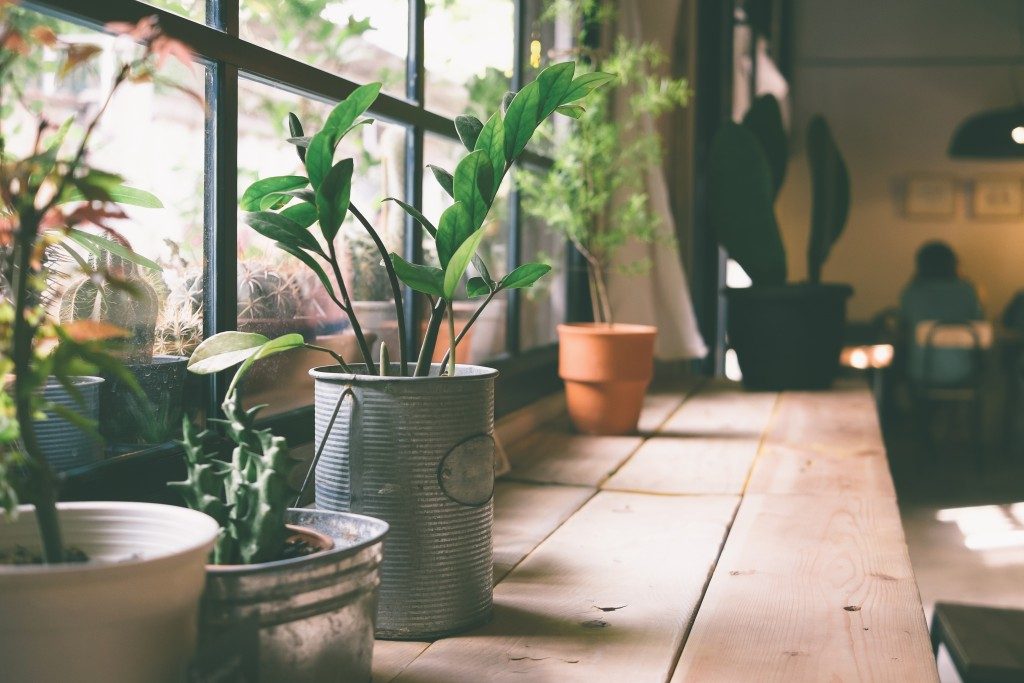You work for an architectural and design firm serving significant businesses in Utah County, and you’ve been assigned the lead role for the interior design of a new building.
The developers want plants and trees. You haven’t done this type of project before, and you’re starting to worry about watering the plants, fertilization, and bugs associated with indoor flora.
The building already obtained a Leadership in Energy and Environmental Design (LEED) certification. This means that the developers have integrated the use of recycled materials, natural light to run solar panels, rain catchment systems to minimize water use, and non-toxic materials to help improve air quality.
They want to push further the green concept and gain more LEED points. LEED points are for building environmental quality as Michelin stars are for restaurant quality. The more points or stars, the better the quality.
So how to erase your worries? Here are a few ideas on how to proceed:
Understanding LEED and the Context

Why is there a need for more points? Isn’t the initial certification enough? As mentioned, project owners or developers pursue points to obtain certification. LEED has several levels of certification, which includes the basic (40-49 points), silver (50-59 points), gold (60-79 points), and platinum (80+ points).
There are different rating systems which include the following:
- Building design + construction
- Interior design + construction
- Building operations + maintenance
- Neighborhood development
You need to find out what is the goal of your client based on the above rating system. You also need to work closely with experts from your firm, for example, those with knowledge of neighborhood development, or building maintenance.
Know as well that the U.S. Green Building Council (USBGC), ranked the state no. 10 back in 2016 as one of the top ten US states with LEED certifications. They might want to help improve the state’s ranking.
The Ecology and Environment (E&E) Headquarters in Lancaster, New York was the first building in the US to be awarded LEED points for the use of indoor plants. Know the details of this certification. There are many technicalities involved, like a plant’s ability to filter VOCs (Volatile Organic Compounds) or the rate of carbon dioxide absorption.
The main point is that collaboration and coordination will be crucial in the execution of this project.
Big and Small Plants. What Are They For?
Air quality is perhaps one of the best benefits of having indoor plants. Studies are still being made about its overall effect, but it points to improved productivity and a general feeling of happiness, among others.
Lobbies and hallways will, of course, require larger plants. The Araceae are a family monocotyledonous flowering plant that thrives in the office environment. For taller plants, Ficus is an option. Anthuriums provide color while ferns grow well in low light.
You’re still worried about flies and other bugs. Maintenance is always part of the equation. Vigilance in developing appropriate guidelines and policy will be crucial in preventing pesky bugs. Prohibit employees and guests from tipping drinks like tea or coffee into plant pots or boxes. The combined sugar and soil make it a perfect insect breeding ground. Plants die from overwatering, too, and you might need to prune now and then.

It’s going to be a challenging project. Knowing all the technicalities will be difficult. But there are many things to learn from LEED’s rating system if you want to care for indoor plants. Be excited!
